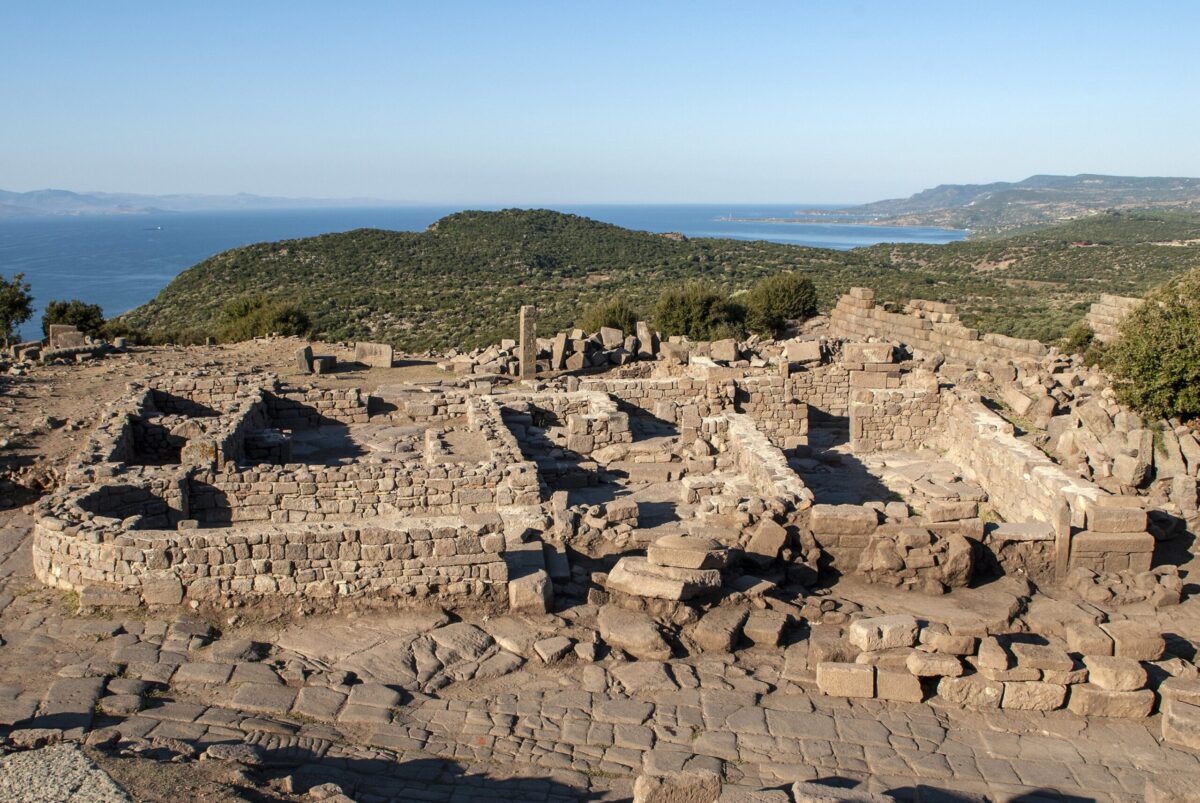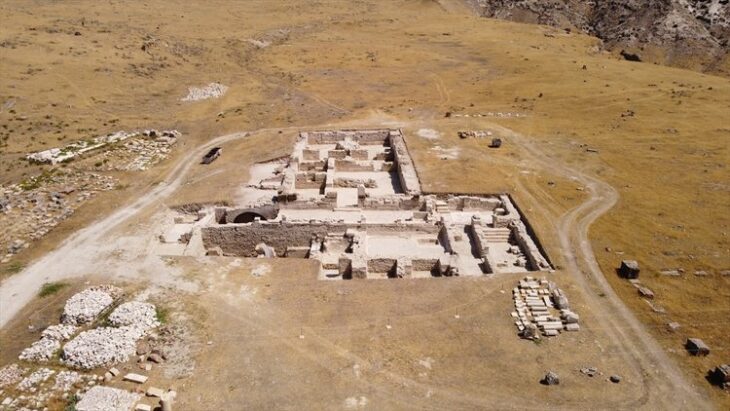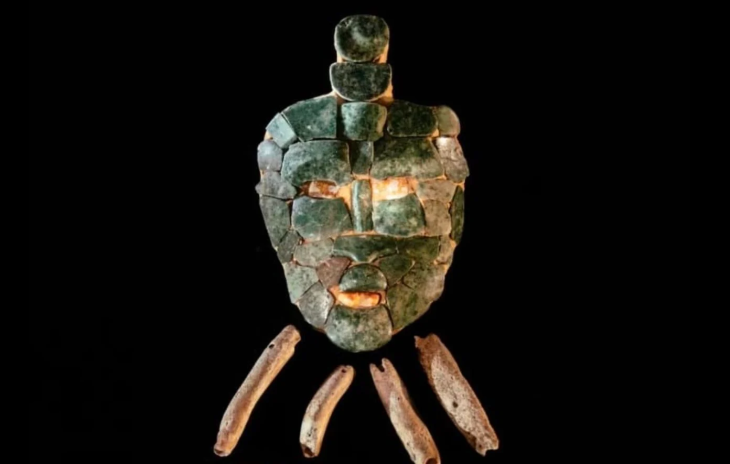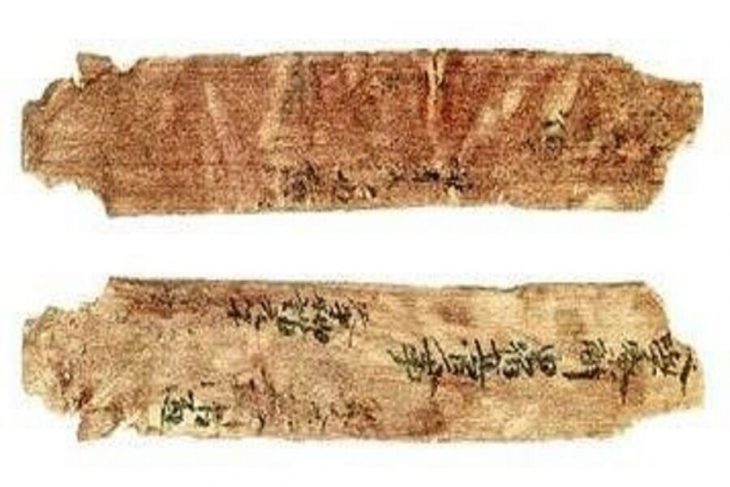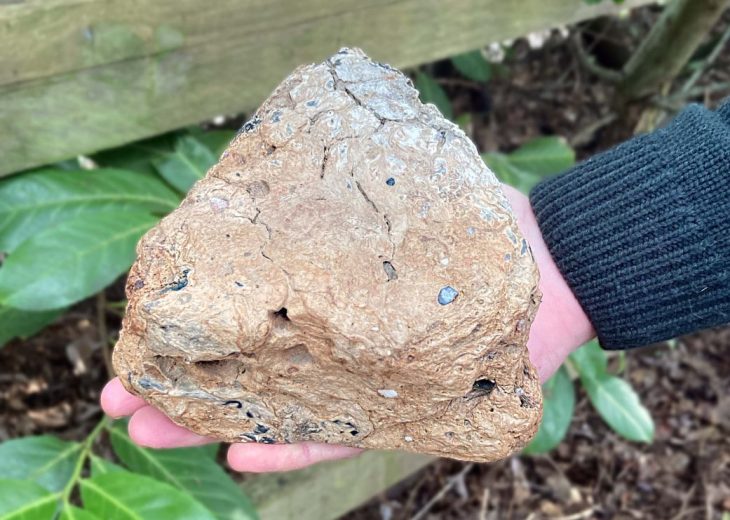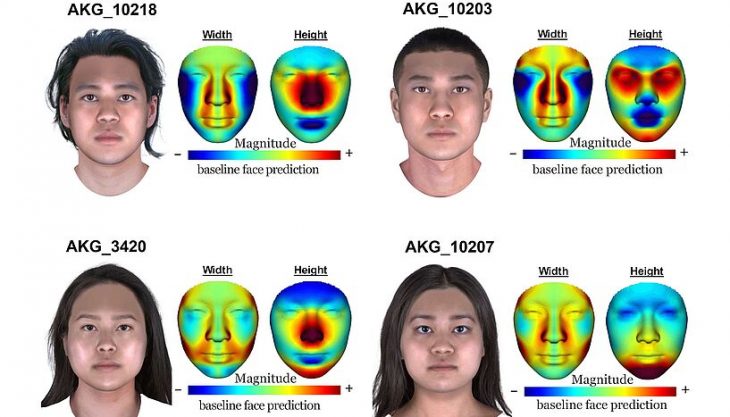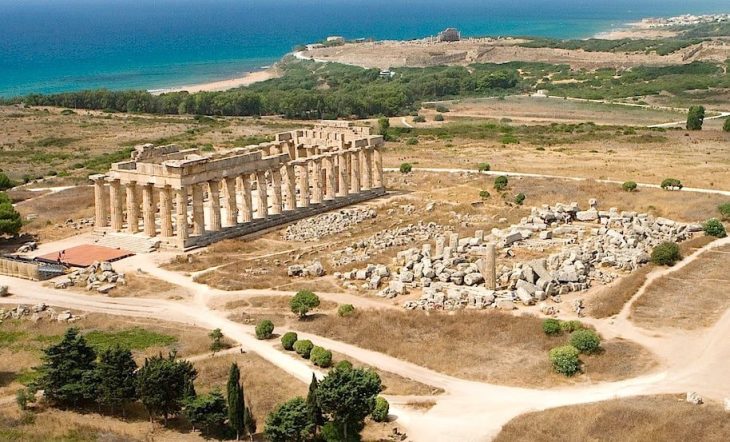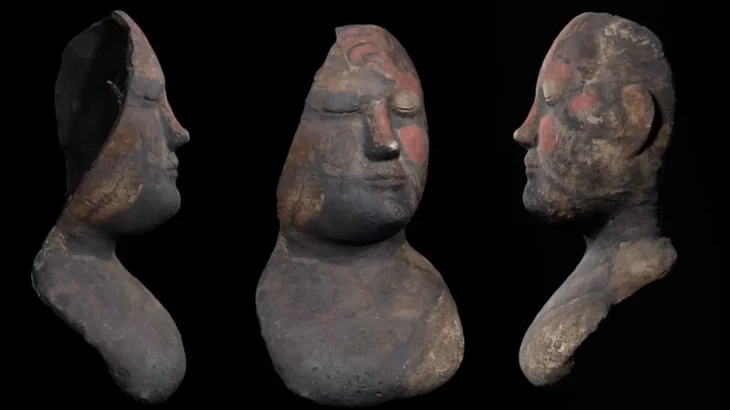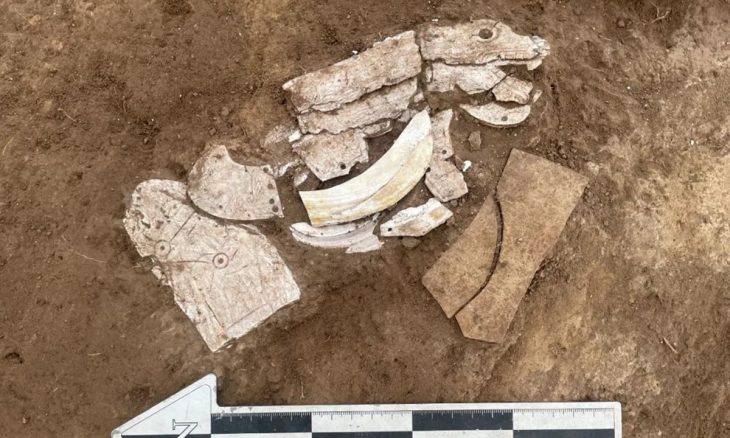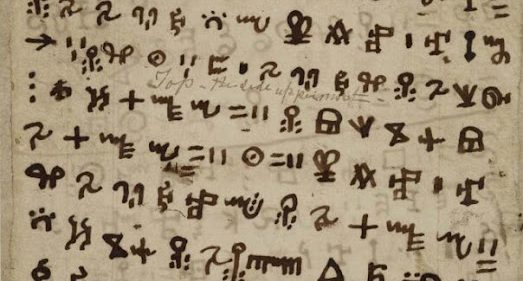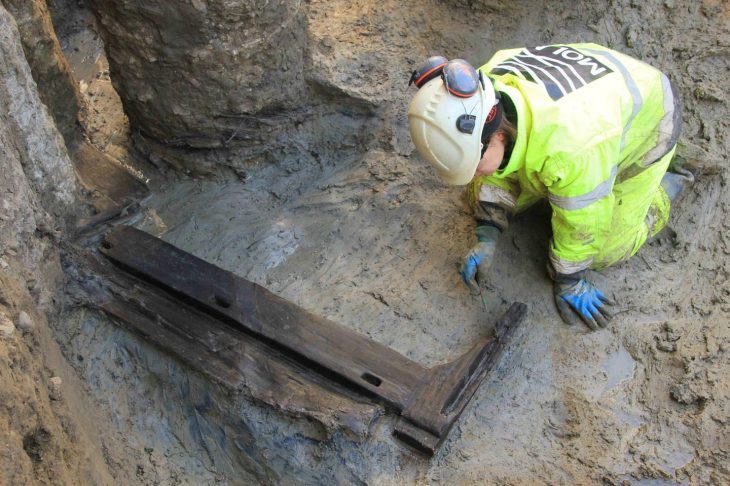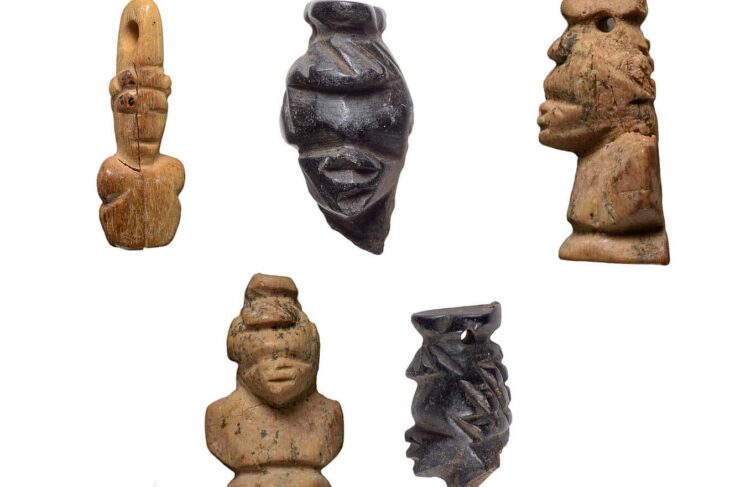Archaeological excavations in the ancient city of Assos, situated in Behramkale village in Türkiye’s Çanakkale province in the northwestern part of the country, have revealed a remarkable 2,200-year-old mosaic alongside an impressive 1,800-year-old monumental tomb.
Nurettin Arslan, a professor and head of the Assos excavation team at Canakkale Onsekiz Mart University, shared details about the findings from the 44th season of excavations, which are supported by the Ministry of Culture and Tourism and sponsored by Istanbul Steel and Iron Industries Inc. (ICDAS).
These excavations in Assos, which began with the first scientific digs between 1881 and 1883 and resumed in 1981, have continued uninterrupted, leading to significant discoveries.
Assos is an ancient city located on the summit and slopes of a volcanic hill on the southern coast of the region known as “Troas” in antiquity, directly across from Lesbos Island. It has hosted numerous civilizations over the centuries and served as a significant port city throughout its history. Renowned for its well-preserved ruins, including the Temple of Athena from the 6th century BC, Assos was also a center for philosophy, attracting notable figures like Aristotle. Today, it continues to draw many tourists each year with its rich archaeological heritage and stunning natural beauty.

Çanakkale Onsekiz Mart University Faculty of Humanities and Social Sciences Archaeology Department Lecturer and Head of the Assos Excavation Team, Professor Nurettin Arslan, told the state-run Anadolu Agency that new findings have been unearthed in the ancient city and its acropolis (a hilly area adjacent to ancient cities where fortresses and various structures were built) during the excavation season.
📣 Our WhatsApp channel is now LIVE! Stay up-to-date with the latest news and updates, just click here to follow us on WhatsApp and never miss a thing!!
One of these findings is the inn structure adjacent to the western city wall, where work began in recent years and continues.
The mosaic, dated to the Hellenistic period, is composed of colorful polygonal stones arranged in geometric and floral patterns.
Pointing out that such examples are typically found in small fragments in Anatolia, Arslan continued, “There are well-preserved examples in some cities in Macedonia and Greece. Based on our current estimates, the newly discovered mosaic in Assos is 2,200 years old. Therefore, we can say that it is one of the first mosaics from the Hellenistic period in Anatolia featuring polygonal tesserae [stone, glass, or marble pieces used in mosaics to enhance visual effect]. This structure was likely used as a gymnasium during the Hellenistic period but later transformed into a residential area in the Byzantine period. It’s quite fortunate that the mosaics have survived unscathed despite the area’s later use.”
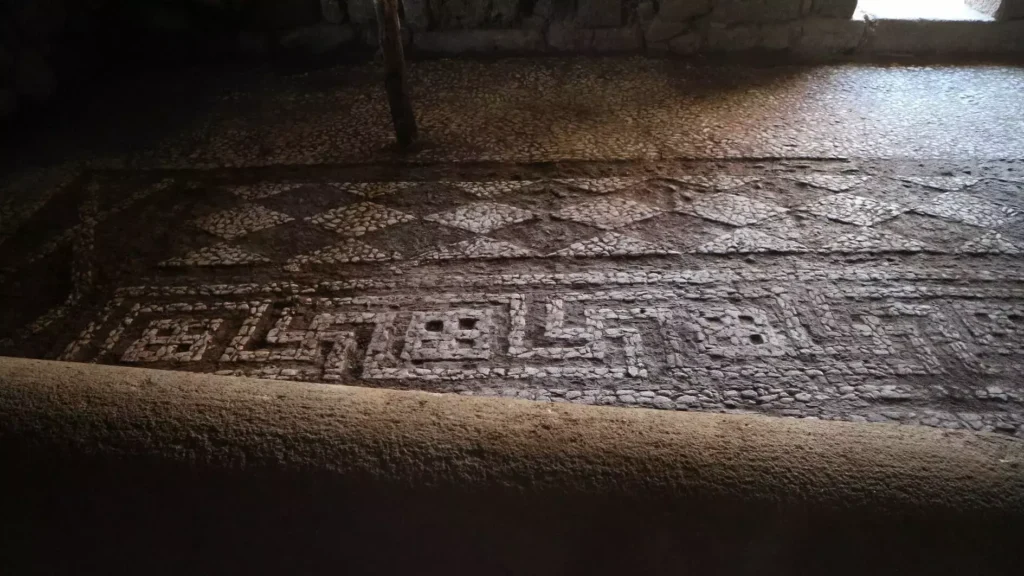
Arslan also mentioned another excavation site located in the eastern section of the agora. He explained that previous researchers had referred to the structure as a “fountain,” adding, “Work on this structure has been completed. Following the excavations, we discovered that this monumental structure, previously thought to be a fountain, is actually a monumental tomb or heroon belonging to a prominent family in Assos. In the western section of the southern stoa (a covered colonnaded gallery), we know of a tomb monument belonging to two brothers. The newly uncovered tomb is a heroon from the Roman period and likely belonged to an influential family in the city.”
Cover Image Credit: An aerial view of the Assos excavation site in Behramkale village, Çanakkale province, Türkiye. Photo: AA

